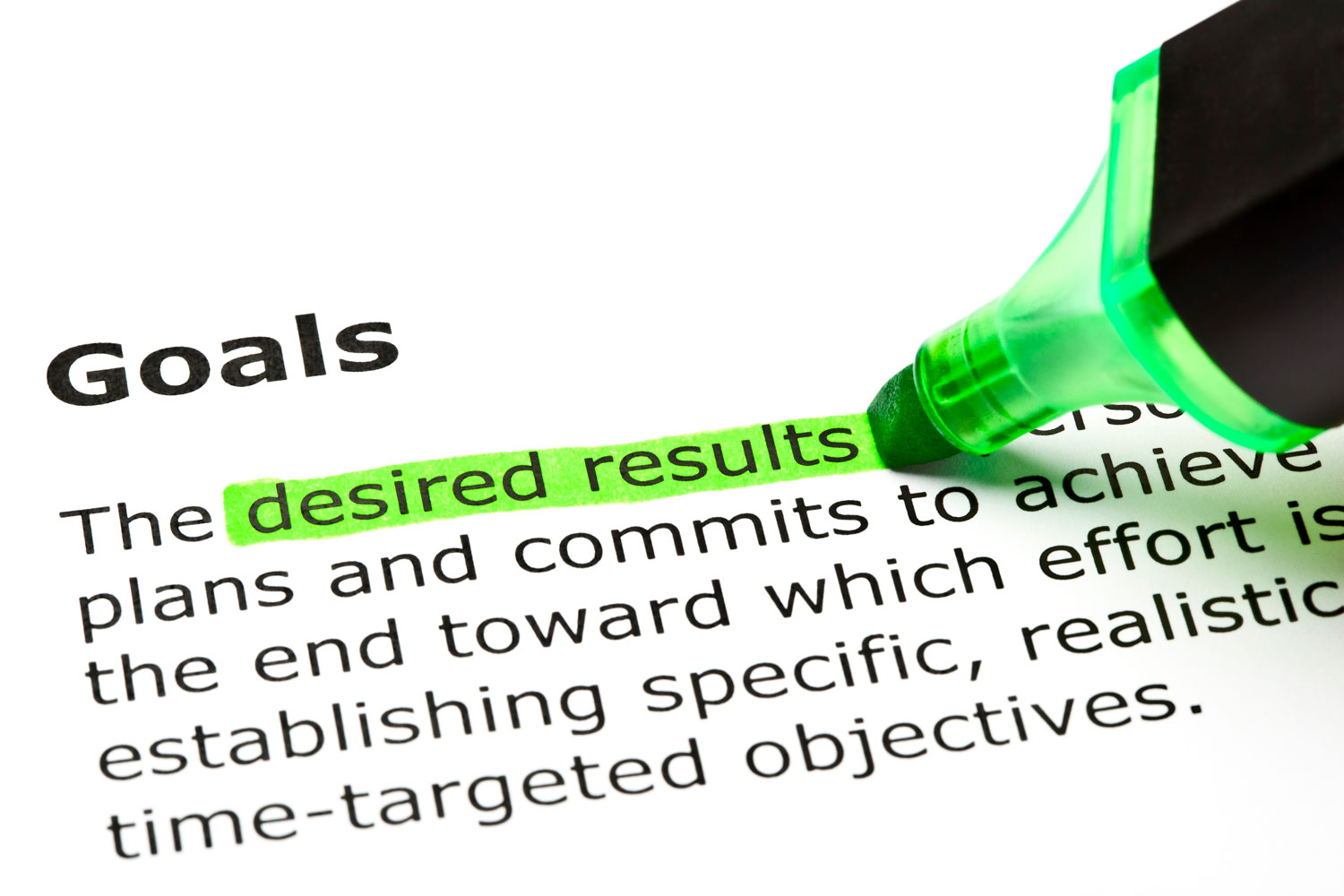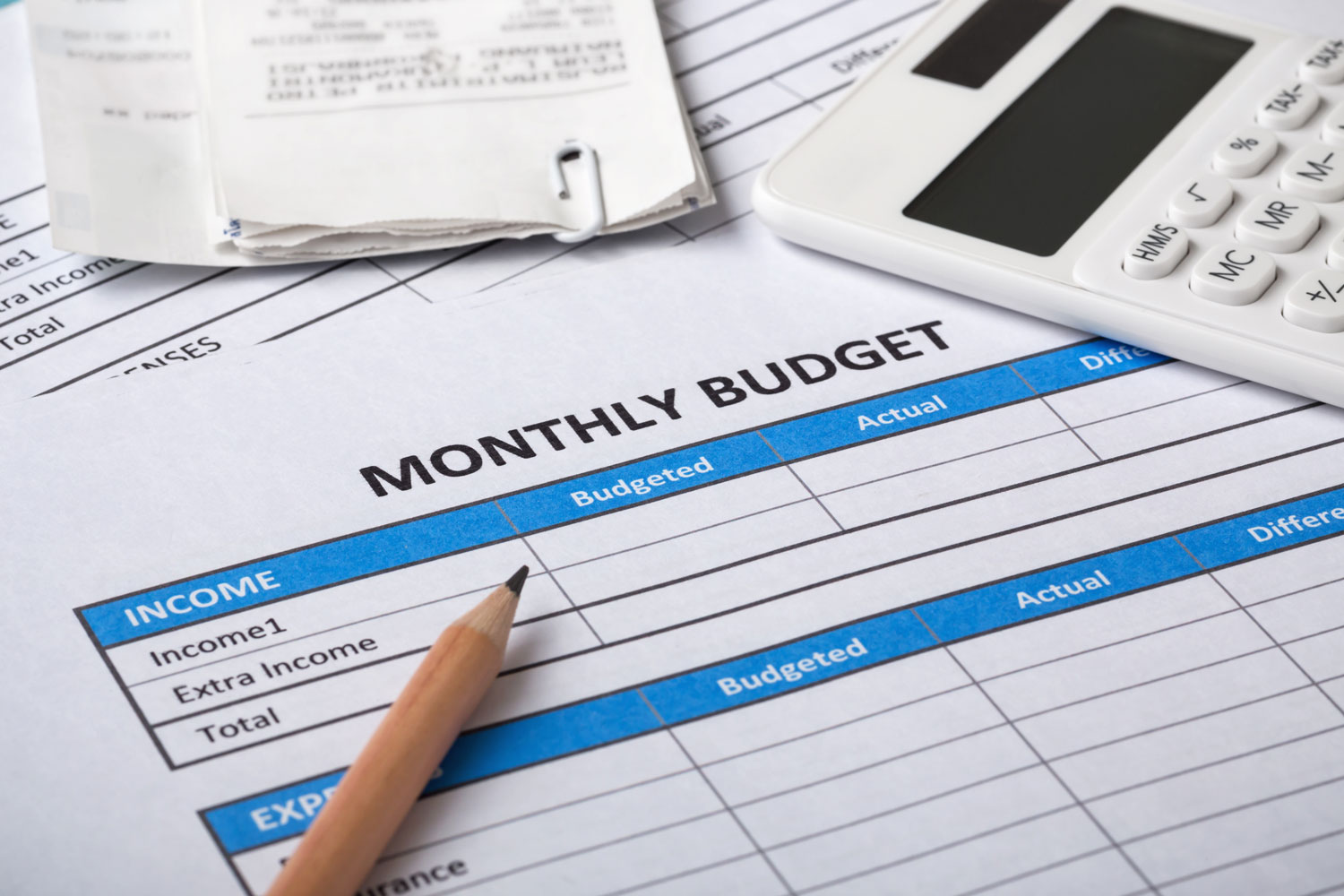Tags: Design Agency, Brand Agency
Common Mistakes to Avoid When Working with a Design Agency
By: Dani Vachon // Posted on: 21-07-2023
Are you currently collaborating with a design agency or considering it?
I am sure it’s a yes to one of these questions; otherwise, you wouldn’t be here eager to know how to avoid mistakes when partnering with a design agency.
If you’re here seeking advice, you’re already off to a fantastic start. Because you have just avoided the most common mistake—not conducting proper research. It’s great that you’re looking to learn about working with an agency, and I’m here to help!
In this blog post, I will discuss these mistakes and offer practical tips on how to avoid them. Let’s dive in!
01. Lack of clearly defined goals

One of the most crucial mistakes you can make when working with a brand agency is failing to define your goals clearly. Without a clear direction, both you and the agency may end up working towards different objectives.
Stating your goals helps align your vision with the agency’s understanding. It ensures that both parties are on the same page and working towards a shared objective.
Clearly defined goals create accountability. It makes communication easy, ensuring a smooth process throughout. Regular progress updates against these goals and discussions ensure everyone is on track.
Before engaging an agency, take your time to outline your goals and make sure that everyone involved is on the same page. Brainstorm with your team and clearly understand what you aim for. When you hire a branding agency, having clearly defined goals will help you create a solid foundation for a successful partnership.
02. Not having a detailed work plan

Imagine sailing without a map. That’s how it is if you work on a project without a detailed work plan. You’ll likely run into obstacles and delays. That’s why creating a comprehensive roadmap that outlines the scope of work, milestones, deadlines, and responsibilities is crucial. Your design agency should have a project manager who will prepare this for you, and they should keep your availability and needs in mind when creating it. It should cover specific delivery timelines from the agency and when they expect your feedback.
Consider this a communication tool. It keeps both teams in the loop about their tasks, deadlines, and the project’s overall progress. With a well-structured plan in place, everyone knows who is accountable for delivering what and when.
Remember, it promotes transparency and accountability. So, don’t skip the work plan—and be mindful of meeting your content delivery and feedback deadlines—it’s key to a successful partnership!
03. Not giving productive feedback

Feedback is a vital part of any creative process. Failing to provide constructive and timely feedback can hinder progress and frustrate both parties.
Before kicking off the project, consider a few things:
Your organization may have multiple decision-makers involved; some regularly interact with the agency, while others join later. Given your organizational structure, it’s important to decide who will be responsible for reviewing and providing feedback.
Imagine this scenario: One of your teammates shares feedback, and the creative team at the agency starts working on it. But then, another team member jumps in with an entirely different review and direction. It’s a recipe for disaster!
To avoid this, take the first step by deciding who will be the designated reviewer(s) and establish clear guidelines on the number of revisions you can request and necessary changes in direction.
- Choose one point person to collect, clarify and collate the feedback by the deadline outlined in the work plan. This point person will communicate the collated edit requests to the agency’s project manager.
- Provide specific, clear instructions to help the project manager and graphic designers understand your expectations and save everyone’s time and money.
- Avoid being vague or non-directive, as it only leaves the agency confused and wastes valuable time that could be spent on productive work.
- If using comments on a document, be sure to resolve any internal conversations therein.
Keep in mind that feedback plays a key role in shaping the outcome. It helps the agency understand your expectations and make the necessary adjustments to deliver the best results.
It may also be of benefit to remember that you are not necessarily your audience. Your preferences may not align with those of your donors, investors, or customers. A great design agency will be considering your audience’s needs when doing the work. When in doubt, we recommend actually asking your audience what they think. In short, be proactive in providing thoughtful feedback and maintain open communication throughout the process to ensure a successful collaboration.
04. Not providing the content

Feedback is a vital part of any creative process. Failing to provide constructive and timely feedback can hinder progress and frustrate both parties.Content is the lifeblood of any brand campaign or design project, and yet, many companies tend to overlook their responsibility of providing the necessary content to the agency at the right time. While the agency can offer guidance and creative direction, you must supply core content elements such as brand assets, key messaging/basic written content, and relevant materials.
I know what you might be thinking—placeholder copy, right? It’s a common practice to keep placeholder content at the start of a project. It’s not always the solution.
If the correct copy is in place, the creative team can align their design accordingly. If the final copy ends up looking completely different from the temporary placeholder content, it creates extra work for the designers and strategists, forcing them to come up with new solutions for a change in content.
To streamline the design process, provide the content—photos, videos, assets, or copy—as quickly as possible. Getting the content in place during the development phase makes it easier for the design team to work their magic. So, timely content delivery should be at the top of your list when you work with an agency.
05. Lack of regular communication

Maintaining open lines of communication ensures transparency and minimizes any chaos. Regular check-ins, progress updates, and feedback sessions help foster a healthy working relationship. By staying engaged and involved, you can promptly address any concerns or misunderstandings, allowing for adjustments and course corrections, if needed.
At Beacon we provide client reports each week that outline what we worked on in the previous week, our plans for the current week, any hangups, any wins, and the project completion percentage.
However, don’t overdo it. Over-communication or demanding constant updates from the agency sometimes distracts them from their important work. During the kick-off, establish a communication framework to avoid any breakdowns in the communication plan (remember, the project plan).
This is actually applicable to both the parties involved. Agencies should also strive to respond to your requests promptly (which happens to be one of the many things my team takes pride in—they’re always on top of their game when it comes to responding to our client’s emails.)
If you feel your agency could improve its responsiveness, have a conversation with them to set clear expectations. Effective communication benefits everyone involved and strengthens the partnership.
06. Not having a realistic budget

This is on both the client and the agency. It can be a significant stumbling block. Usually, the budget is established during the initial stages of discussion. It’s crucial for all to ensure that it’s realistic and that it includes some contingency. It’s also important that the scope of work is well-defined. Changes to the scope will usually result in changes to the cost.
Failing to consider the time, resources, and expertise required by the creative agency can result in disappointment and frustration down the line. So, clearly understand the market rates and industry standards to set a realistic budget that aligns with your project goals.
Constant revisions and numerous edit requests can consume the agency’s time and resources, potentially leading to budget overruns. While it’s natural to refine and iterate on creative work, it’s essential to strike a balance and be mindful of the impact on the budget.
07. Not sticking to project plan/timeline

It’s easy to get caught up in the whirlwind of activities and lose track of the agreed-upon schedule. But, remember, it can harm the project’s progress.
This brings us back to the aspects we already discussed—from promptly providing feedback to delivering content on time. It’s worth mentioning them again, as it is vital that you take care of them. Remember to check in with the agency to discuss progress, address concerns, and provide updates. This helps you manage delays at the right time and keeps the project on track.
A project plan or timeline is put in place for a reason. They provide structure and guidance. By sticking to the plan, you maintain efficiency. It also demonstrates professionalism and respect.
Final word
Working with a design agency can be a transformative experience for your business. They are a creative partner invested in your brand’s success. By avoiding these common mistakes and following the tips outlined here, you can foster a collaborative environment and tap into the full potential of your partnership.
When you embrace the opportunity to work with a design firm with clear goals, effective communication, and mutual respect, you can unlock your brand’s full potential together.
And hey, I can say this with absolute confidence because I lead an amazing creative team at our design agency, The Beacon Design Collective Inc.! We’ve worked with numerous organizations, helping them define their brand strategy, undertake rebranding initiatives, and provide top-notch visual solutions. The secret behind all these successful collaborations? A well-structured project plan, constant and effective communication, and mutual trust.
Beacon is all about working with clients who share our values. We offer our services exclusively to clients in the sustainability and social justice sectors. When like-minded organizations come together with a shared mission, magic happens!
So, if you’re a company or organization in the sustainability and social justice realm, seeking branding or visual solutions like graphic design, infographics, or publication design, we’re here for you! Shoot us a message, and let’s create something amazing together.
If you’re looking for assistance with your own creative process or seeking visual solutions for your projects, we can help!